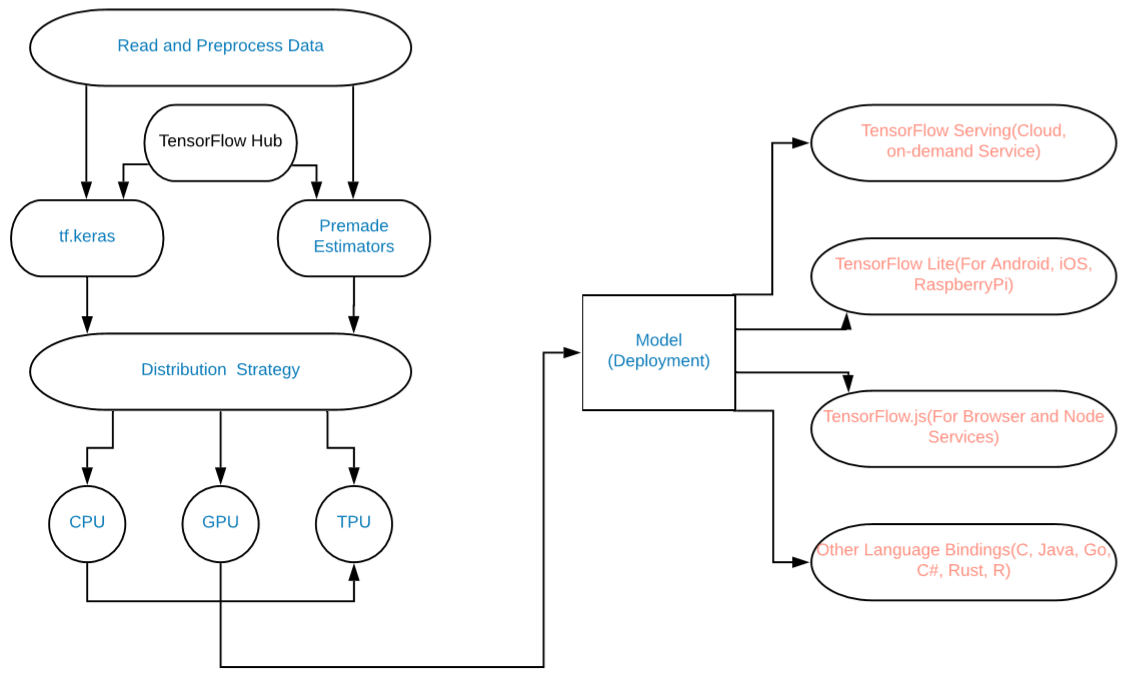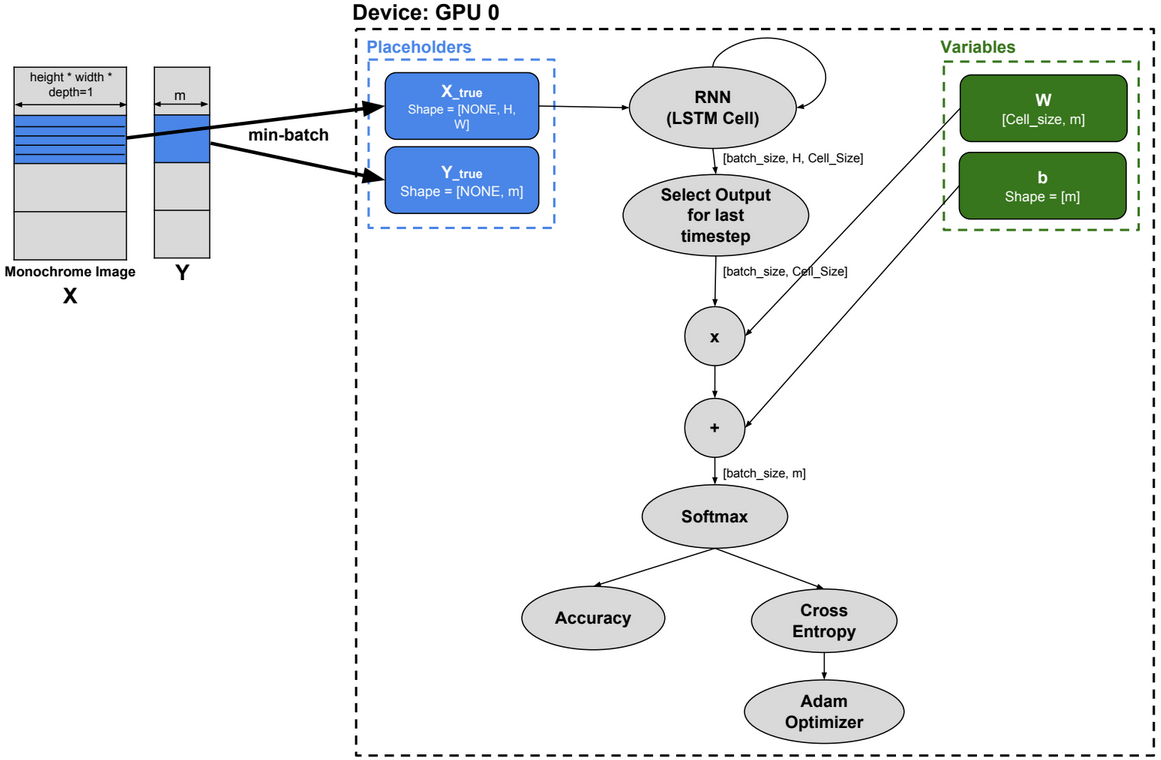

- #Resize image in tensorflow how to#
- #Resize image in tensorflow archive#
- #Resize image in tensorflow code#
- #Resize image in tensorflow zip#
If you've followed the instructions to download the source installation of TensorFlow for your platform, you should be able to build the example by running this command from your shell terminal: bazel build tensorflow / examples / label_image /.
#Resize image in tensorflow code#
Next, we need to compile the C++ binary that includes the code to load and run the graph.
#Resize image in tensorflow zip#
zip - d tensorflow / examples / label_image / data / Unzip tensorflow / examples / label_image / data / inception_dec_2015. zip - O tensorflow / examples / label_image / data / inception_dec_2015.
#Resize image in tensorflow archive#
You can download the archive containing the GraphDef that defines the model like this (running from the root directory of the TensorFlow repository): wget https :// storage. You can run the same Inception-v3 model in C++ for use in production environments. If you download the model data to a different directory, you will need to point -model_dir to the directory used. If you wish to supply other JPEG images, you may do so by editing the -image_file argument. Lesser panda, red panda, panda, bear cat, cat bear, Ailurus fulgens (score = 0.00317) Indri, indris, Indri indri, Indri brevicaudatus (score = 0.00878) If the model runs correctly, the script will produce the following output: giant panda, panda, panda bear, coon bear, Ailuropoda melanoleuca (score = 0.88493) The above command will classify a supplied image of a panda bear. The following instructions assume you installed TensorFlow from a PIP package and that your terminal resides in the TensorFlow root directory. You'll need about 200M of free space available on your hard disk.

We're excited to see what the community will do with this model.Ĭlassify_image.py downloads the trained model from when the program is run for the first time.
#Resize image in tensorflow how to#
We’ll also discuss how to extract higher level features from this model which may be reused for other vision tasks. You‘ll learn how to classify images into 1000 classes in Python or C++. This tutorial will teach you how to use Inception-v3. How well do humans do on ImageNet Challenge? There's a blog post by Andrej Karpathy who attempted to measure his own performance. AlexNet achieved by setting a top-5 error rate of 15.3% on the 2012 validation data set BN-Inception-v2 achieved 6.66% Inception-v3 reaches 3.46%. To compare models, we examine how often the model fails to predict the correct answer as one of their top 5 guesses - termed “top-5 error rate”. For example, here are the results from AlexNet classifying some images: This is a standard task in computer vision, where models try to classify entire images into 1000 classes, like “Zebra”, “Dalmatian”, and “Dishwasher”. Inception-v3 is trained for the ImageNet Large Visual Recognition Challenge using the data from 2012. We're now taking the next step by releasing code for running image recognition on our latest model, Inception-v3. Researchers both internal and external to Google have published papers describing all these models but the results are still hard to reproduce. Successive models continue to show improvements, each time achieving a new state-of-the-art result: QuocNet, AlexNet, Inception (GoogLeNet), BN-Inception-v2. Researchers have demonstrated steady progress in computer vision by validating their work against ImageNet - an academic benchmark for computer vision. In particular, we've found that a kind of model called a deep convolutional neural network can achieve reasonable performance on hard visual recognition tasks - matching or exceeding human performance in some domains. In the last few years the field of machine learning has made tremendous progress on addressing these difficult problems. But these are actually hard problems to solve with a computer: they only seem easy because our brains are incredibly good at understanding images. It doesn‘t take any effort for humans to tell apart a lion and a jaguar, read a sign, or recognize a human’s face.


 0 kommentar(er)
0 kommentar(er)
